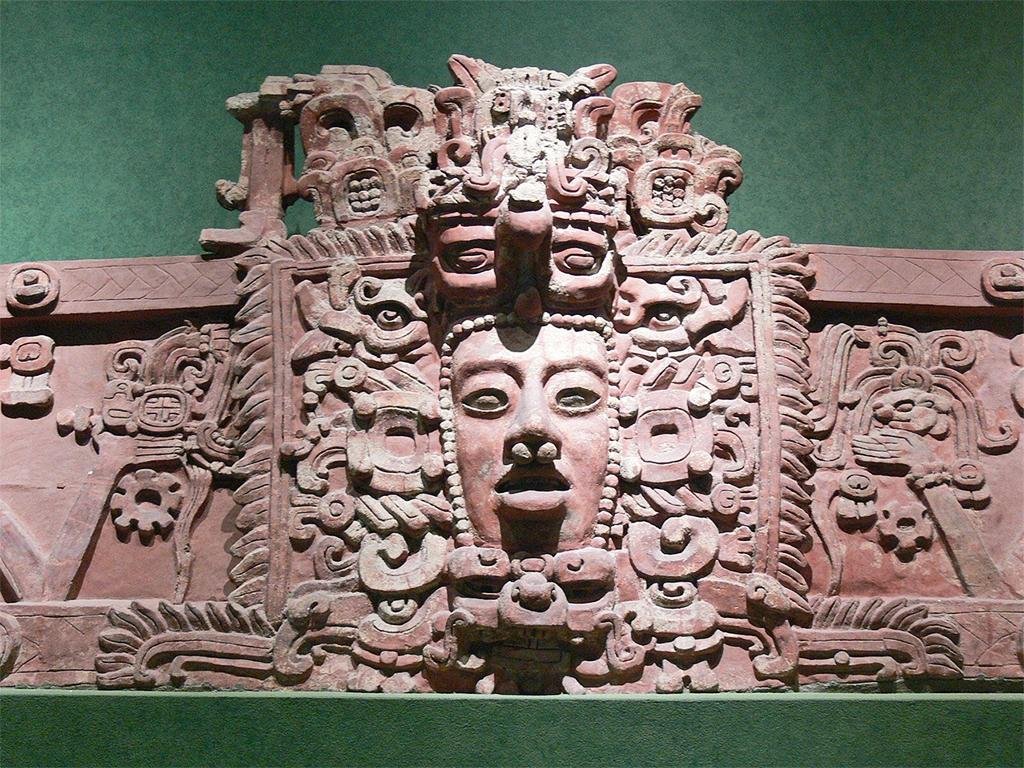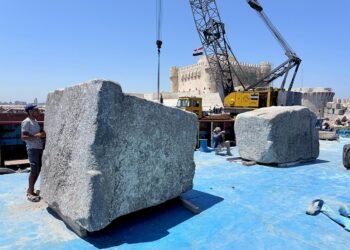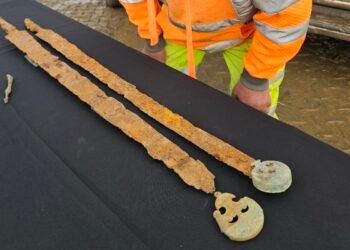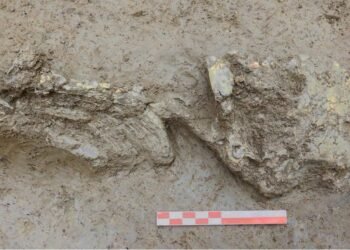Archaeologists and researchers have unveiled a revolutionary statistical method that addresses longstanding challenges in radiocarbon dating, a critical tool for reconstructing past human demographic changes. The method, developed by SFI Applied Complexity Fellow Michael Price, offers a statistical fix to issues related to radiocarbon calibration curves and measurement uncertainty, providing a major leap forward in the accuracy of demographic reconstructions.

Traditional radiocarbon dating, measuring the decay of carbon-14 in organic matter, has been hindered by the fluctuating nature of carbon-14 levels in the atmosphere over time. This inconsistency, coupled with equifinality issues, has led to biased summaries, particularly when using summed probability densities (SPDs) to analyze radiocarbon date sets.
Price, lead author of a paper in the Journal of Archaeological Science, acknowledged the longstanding problem, stating, “Nobody has systematically explored the problem, or shown how you can statistically deal with it.”
Price’s method, rooted in Bayesian reasoning and a flexible probability model, has demonstrated its efficacy in overcoming equifinality challenges. The approach not only addresses inherent issues with SPDs but also enables the integration of additional archaeological information with radiocarbon analyses, resulting in more accurate population estimates.
Julie Hoggarth, co-author and Baylor University archaeologist, highlighted the significance of the new method. The team applied the approach to radiocarbon dates from the Maya city of Tikal, a region with extensive prior archaeological research. The results challenged long-standing debates about Tikal’s population trends, confirming a significant population increase associated with the Late Classic period.
To facilitate wider adoption, the authors have produced an open-source package that implements the new approach, emphasizing its potential to rectify crucial mistakes in demographic analyses. Price noted, “It’s pointing out a mistake that matters, fixing it, and laying the groundwork for future work.”
The team plans to incorporate ancient DNA and other data into radiocarbon dating through a process called “data fusion.” This approach aims to provide even more reliable demographic reconstructions, potentially resolving a “bias problem” associated with skewed radiocarbon dates.
Since John Rick’s 1987 proposition of using radiocarbon dates as proxies for population size changes, the method has gained popularity. However, criticisms, particularly the “bias problem” and the “summary problem,” have persisted. Price’s end-to-end Bayesian approach presents a more principled alternative to SPDs, offering improved accuracy and time-resolution for demographic reconstructions.
As the archaeological community continues to grapple with the complexities of radiocarbon dating, this innovative statistical method promises to reshape the field, providing a robust framework for unraveling demographic histories and contributing to a more nuanced understanding of past human societies. The future application of these tools holds great potential for asking increasingly sophisticated demographic questions and refining population reconstructions using the rapidly-expanding corpus of radiocarbon records.
More information: Santa Fe Institute
Michael Holton Price et al, (2021). End-to-end Bayesian analysis for summarizing sets of radiocarbon dates, Journal of Archaeological Science. DOI: 10.1016/j.jas.2021.105473
























